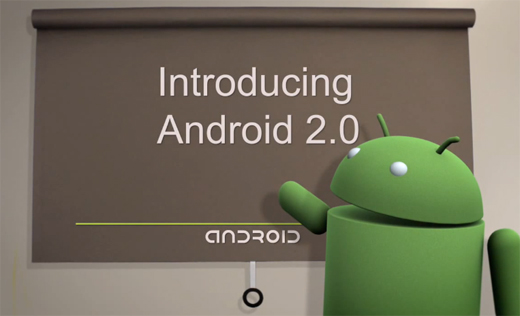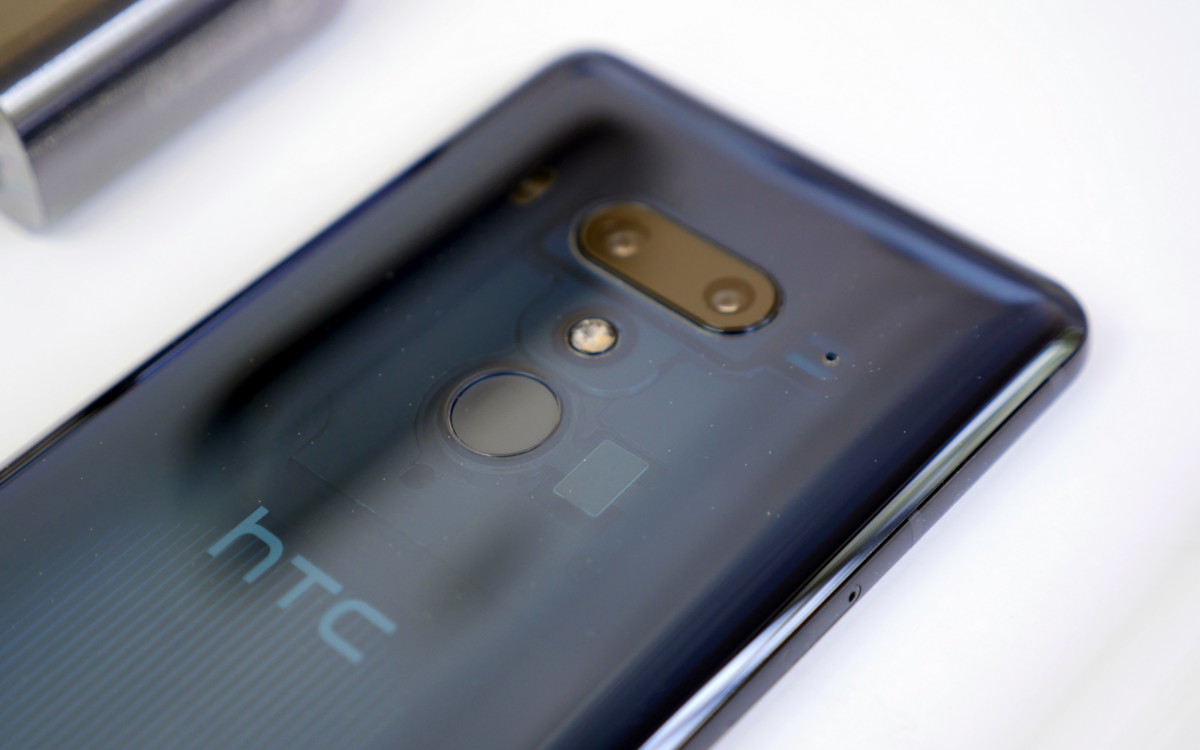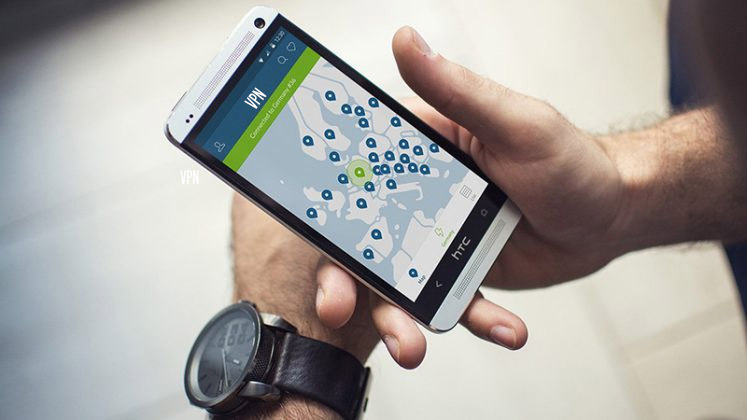
The much anticipated Android 2.0 SDK has just been released. It feels like it was just yesterday that Google unveiled the Android 1.6 SDK, in fact, it’s only been six weeks. Fortunately for developers and Android users, 2.0 packs a much heavier punch.
Android 2.0 has quite a few new goodies for developers, but users will mainly notice changes within the phone’s Contacts application and camera. A new framework within the contacts of the phone allows users to sync with multiple contact sources, similar to Web OS does on the Palm Pre. Users will be able to pull in their friends from social networks and merge them with contacts from Outlook of Gmail. The default camera app has been enhanced so that users can better control their images by giving them settings for color effects, white balance, rotation, and focus mode.
A few other highlights of Android 2.0 include a slightly tweaked on screen keyboard with better dictionary, multi-touch support, and the ability for Android to launch special applications when the device is placed into a car or desktop docking station.
After the break we have pulled together a detailed list of all the new Android 2.0 enhancements along with a short video clip which highlights some of the key points.
API changes summary
Bluetooth
- Turn on/off Bluetooth
- Device and service discovery
- Connect to a remote device using RFCOMM and send/receive data
- Advertise RFCOMM services and listen for incoming RFCOMM connection
Sync adapters
- New APIs for sync adapters to connect to any backend
Account Manager
- Centralized account manager API to securely store and access auth tokens/passwords
Contacts
- New contacts APIs that allow for data from multiple accounts
- New Quick Contact framework APIs enable developers to create contact badges in their app. Clicking on the badge opens a window with a list of ways to contact the person with one click.
WebView
- Deprecated classes: UrlInterceptHandler, Plugin, PluginData, PluginList, UrlInterceptRegistry.
Camera
- New parameters for color effect, scene mode, flash mode, focus mode, white balance, rotation, and other settings.
- New ZoomCallback interface to perform actions when the zoom level has changed.
Media
- MediaScanner now generates thumbnails for all images when they are inserted into MediaStore.
- New Thumbnail API for retrieving image and video thumbnails on demand.
Other Framework
- New system themes in android.R.style to easily display activities on top of the current system wallpaper or keep the previous activity visible in the background.
- New WallpaperManager API replaces and extends the wallpaper APIs that were previously in Context, to allow applications to request and set the system wallpaper.
- New Service APIs to help applications correctly handle Service life-cycle, in particular low memory situations where a Service may be killed while it is running.
- Service.setForeground() has been deprecated and now effectively performs no operation. This is replaced with a new API, startForeground(), that helps (and requires) associating an ongoing notification with the foreground state.
- MotionEvent can now report simultaneous-touch information for devices that support it. Up to three pointers can be tracked simultaneously.
- KeyEvent has new key dispatching APIs, to help implement action-on-up and long press behavior, as well a new mechanism to cancel key presses (for virtual keys).
- WindowManager.LayoutParams has new constants that allow a window to wake up the screen when it is displayed and show the window even if the screen is locked. This allows applications to more cleanly implement things like alarm clocks that should wake the device.
- New Intent APIs that broadcast the docking state of the device and allow applications to launch special activities when the device is placed in a desktop or car dock.
Source: Android Developer’s Blog











